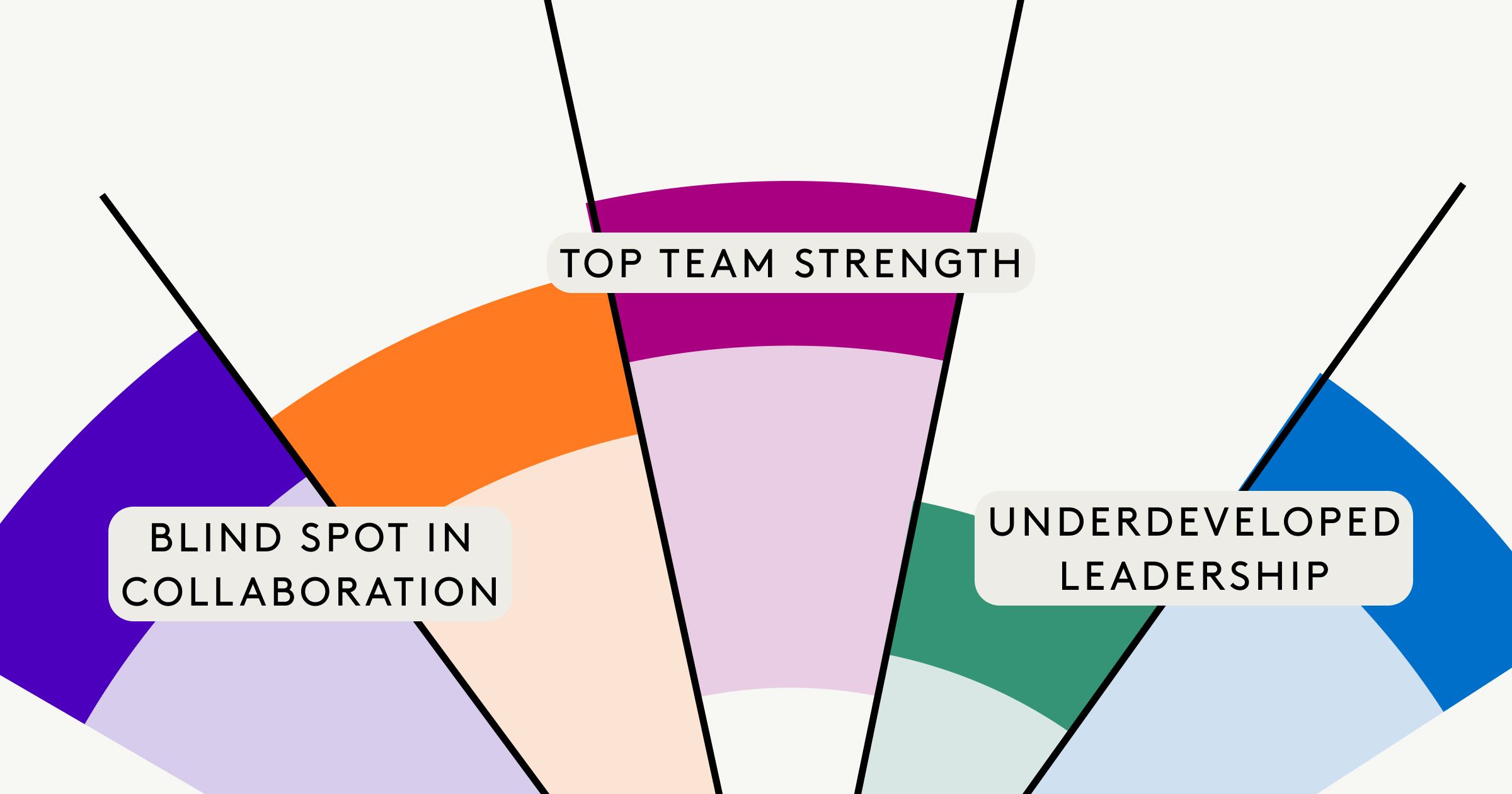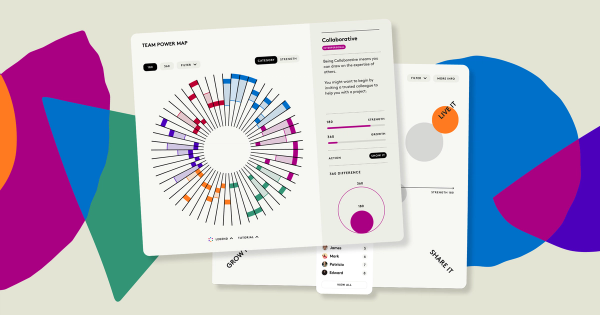Entelechy vs Psychometrics: What’s Right for Your People Strategy?

For decades, psychometric tools like Myers-Briggs, Belbin, Insights Discovery, and Gallup CliftonStrengths have played a central role in how organisations assess and understand their people.
They offer structured frameworks that simplify complex human behaviours — often in ways that are memorable, if sometimes rigid.
More recently, behavioural development platforms like Entelechy have emerged, focused less on categorising individuals and more on helping them grow over time. So how do these approaches compare — and how can HR and leadership teams decide what fits best for their goals?
Let’s take a closer look at both.
Myers-Briggs (MBTI)
Overview: Based on Carl Jung’s psychological types, MBTI assigns individuals one of 16 personality types using four binary dimensions (e.g., Introvert vs. Extravert).
Pros:
- Widely recognised and easy to remember
- Useful for initiating self-reflection and team discussions
- Often prompts engaging conversations about differences
Cons:
- Based on fixed typology; people may not relate to their assigned type
- No clear development path or follow-up actions
- Limited evidence of impact on long-term performance or growth
Belbin Team Roles
Overview: Focuses on identifying preferred roles in a team (e.g., Coordinator, Implementer, Shaper), based on observed behaviour rather than personality traits.
Pros:
- Useful for team composition and understanding interpersonal dynamics
- Focuses on practical workplace behaviours
- Offers multi-rater feedback option
Cons:
- Role assignment can feel limiting
- Less focused on individual development
- Outcomes may be influenced by immediate team context
Insights Discovery
Overview: Uses a colour-based model (Red, Blue, Yellow, Green energies) to help individuals understand their communication and working styles.
Pros:
- Visually intuitive and easy to use
- Popular in corporate settings for workshops and team-building
- Encourages awareness of interpersonal differences
Cons:
- Oversimplified representation of personality
- Labels can be misunderstood or overused
- Development tools are supplementary, not core to the model
Gallup CliftonStrengths
Overview: Identifies a person’s top 5 (or 10–34) “talent themes” from a set of 34, based on positive psychology principles.
Pros:
- Strengths-based approach encourages positive framing
- Strong coaching and content ecosystem
- Widely used in leadership development
Cons:
- Trait themes can be abstract or hard to apply
- Doesn’t track development or change over time
- Focuses more on awareness than behavioural improvement
Entelechy
Overview: Built around 54 Qualities like Resilience, Integrity, and Curiosity, Entelechy aims to help individuals understand and develop their behavioural strengths through reflection, feedback, and action.
Pros:
- Focuses on growth, not fixed types
- Qualities are coachable and directly applicable
- Integrates peer feedback and reassessment over time
- Designed for both individual and team development
Cons:
- Less immediately recognisable than established psychometric models
- Requires user engagement over time to see full benefit
- May be a shift in mindset for teams used to static assessments
Which Should You Choose?
It depends on what you’re trying to achieve.
- If your goal is team awareness or a starting point for conversations, psychometric tools can be useful. They’re simple, familiar, and often spark immediate interest.
- If you’re aiming for sustained behavioural change, personal growth, and a more dynamic picture of development, Entelechy’s character-based approach may offer greater depth.
Rather than viewing them as competitors, some organisations even use both — a psychometric for initial insight and a behavioural development platform to follow through.
You may also like

Summer Break: A Guide for Graduates

